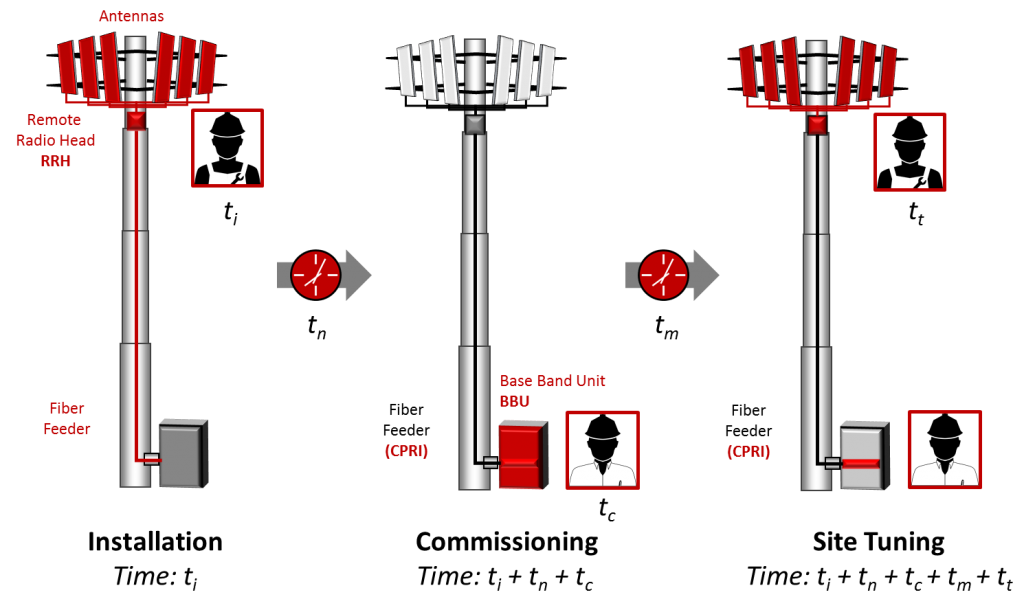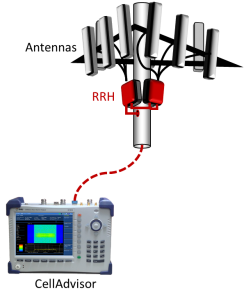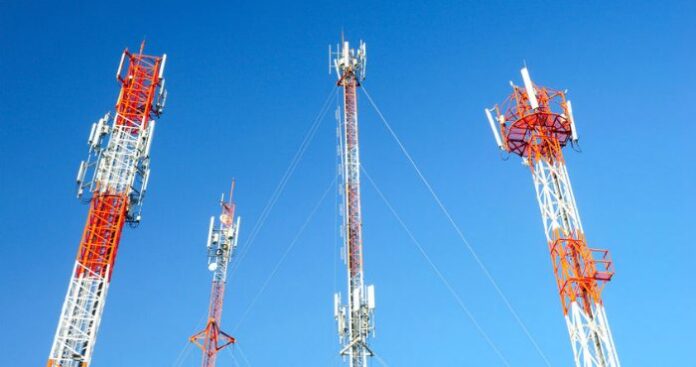As service providers continue to grow their RF network footprints, they are under tremendous pressure to reduce deployment time to meet constant network demands and reduce OpEx. Fiber to the antenna (FTTA) sites offer significant coverage and capacity benefits, but at the same time this solution creates some challenges for the base station deployment teams. Now radios (remote radio units) have to be installed along with the antennas during the installation phase of deployment, but their operation can’t be verified till the base band unit (BBU) is commissioned. Commissioning of a base station usually happens at a later stage, and any problems uncovered related to the radios and their installation may require the installation crew to come back and re-climb the tower. This workflow causes a lot of stress for the service providers as it means additional delays, increased deployment costs, and safety concerns.

A solution that can help service providers and their partners validate remote radio functionality during the installation phase, while the tower erectors are present at the site, can significantly save time and money.
CellAdvisor Base Station Analyzer with BBU Emulation
Working closely with operators, Viavi has developed a BBU emulation feature for the CellAdvisor Base Station Analyzer that can revolutionize how cell sites are deployed. BBU emulation allows technicians to perform a wide spectrum of tests during the install phase. This test approach also isolates problems more effectively and allows technicians to run post-commission tests during the install phase, thereby significantly reducing overall base station deployment time. Additionally, these tests with BBU emulation are applicable to any type of cell site, including but not limited to macrocells, microcells, small cells, and distributed antenna systems.

Some of the key tests that can be executed with BBU emulation are as follows:
- RRH configuration profile test: Ensures proper equipment is installed at the cell site.
- Optical Power and CPRI Link Status: Tests optical power levels as well as CPRI digital alarms and errors corresponding to loss of signal due to low power levels and loss of frame due to lack of synchronization.
- RRH Description and Optical Transceivers: Hardware characteristics of the radio, including the radio’s model, cellular technology supported, operating band, and transmitting power limits. The information of the optical transceiver (SFP) is also retrieved, confirming its type and rate as well as the port where it is installed.
- Carrier Information: Provides the configuration of the cellular signal of the radio, including transmission’s (downlink) center frequency, and reception (uplink) center frequency, signal’s technology and bandwidth, and power limits.
- CPRI Configuration and Firmware: Ensures the alignment of active ports with optical transceivers and provides the CPRI line rate set on the radio. In addition, it provides the active software loaded in the radio to verify consistency among the different sectors of the cell site.
- RRH RF Reception and Transmission Profile: Provides the ability to control how the radio will receive and transmit RF signals to assess interference and the radio’s coverage.
- Radio RF Reception: This function sets the radio’s RF reception profile and allows technicians to configure radio profiles to perform a wide variety of tests to help them troubleshoot interference, RF reflection issues and to validate and set antenna tilts.
- PIM and Modulation Analysis
In summary, BBU emulation capability simplifies the deployment of cell-sites by verifying radio installation, configuration, and operation prior to commissioning.
For a brief overview of how BBU emulation saves operators time and money, check out our infographic.
To get a more in-depth look at BBU emulation and how it helps in an efficient cell-site deployment process, download our application note.

